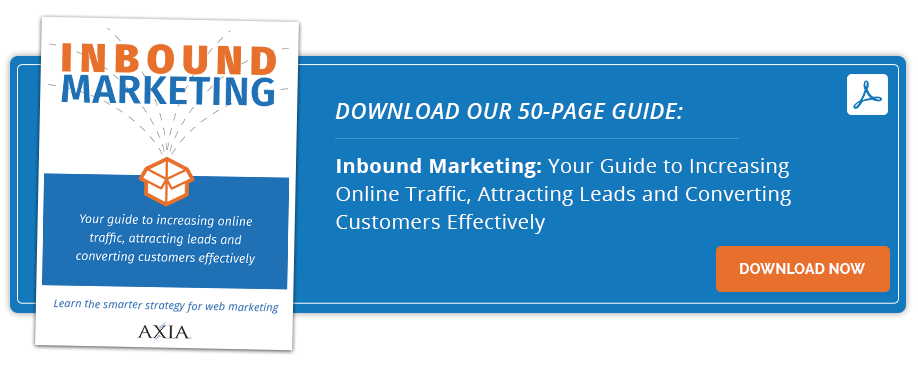Targeting, personalization, captivating pitches, and relationship building are key for earning media coverage.
 Sending out a news release is a common practice companies and organizations use to earn media coverage. Sending a release out over the wire doesn't guarantee you'll get journalists to cover your story, but there is a method to the madness. Follow these four best practices to improve your chances of turning your release into earned media coverage.
Sending out a news release is a common practice companies and organizations use to earn media coverage. Sending a release out over the wire doesn't guarantee you'll get journalists to cover your story, but there is a method to the madness. Follow these four best practices to improve your chances of turning your release into earned media coverage.
Audio: Listen to this article.
1.Make sure your news is newsworthy.
The first key to earn media pickup from a release is distributing information inherently newsworthy and interesting to reporters and their audiences. Some elements that make a story more likely to be covered include:
- Broad appeal or impacts a large number of people
- Useful, actionable advice readers and viewers can apply to their lives
- A current event or trending news topic that relates to your topic
- A notable personality, celebrity, or expert source
- Information people want to know like data or research findings
- An unexpected or counterintuitive angle on a topic
If your release doesn't contain genuinely newsworthy content, you'll be relying completely on your pitching skills and existing media relationships. Boost your odds by issuing releases around topics editors care about covering.
2. Target relevant outlets and journalists.
Too many releases take a spray-and-pray approach, blasting to every outlet under the sun. This almost never works. Instead, research outlets and specific journalists who have covered similar stories to yours in the past. Compile a targeted media list of the 10 to 20 (maximum) most relevant outlets and reporters for your news.
When possible, get the journalists' direct contact information rather than general editorial email addresses. Personalized, one-to-one pitches are far more effective. Make sure your news fits the publication or program you're pitching — a lighthearted human interest piece may be perfect for a morning show but irrelevant for The Wall Street Journal.
3. Craft attention-grabbing pitches.
Even when your news is inherently interesting and well-targeted, you need pitch emails that sell the story and make journalists want to cover it. The subject line and opening paragraph are crucial; journalists are inundated with pitches and will delete anything vague ("Exciting News to Announce!") or overly self-promotional ("Our CEO is available for comment").
Instead, summarize the core news in a way that demonstrates importance and relevance to that journalist's audience. For example: "New report reveals crisis levels of food insecurity among NYC youth — could impact 250k+ families." Provide just enough intrigue that they need to read more. Follow with one or two concise and scannable paragraphs briefly explaining the news, key facts and statistics, and why it matters to readers now.
4. Build relationships with journalists.
Earning consistent media coverage is much easier when you have strong relationships with journalists aligned with your industry or topics of interest. Don't just reach out when you need something. Maintain regular contact, share ideas, and provide experts as sources for their stories. When you have news, they'll recognize you as a reliable source and give your pitches priority reading.
Leverage services like Muck Rack and Help a Reporter Out (HARO) to connect with journalists requesting expert sources or information on your topics. Being helpful and responsive when journalists reach out builds goodwill for when you later pitch them directly.
Getting media coverage takes work, but following these best practices will give your news releases the very best chance of turning into earned media placements that expand awareness and drive impact for your organization.
For more information about media relations, download our “Learn Media Relations from The Media” e-book for additional tips on interacting and connecting with journalists and PR professionals.
Photo by energepic.com
Topics: news release, earned media, news media


Comment on This Article